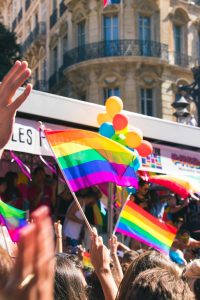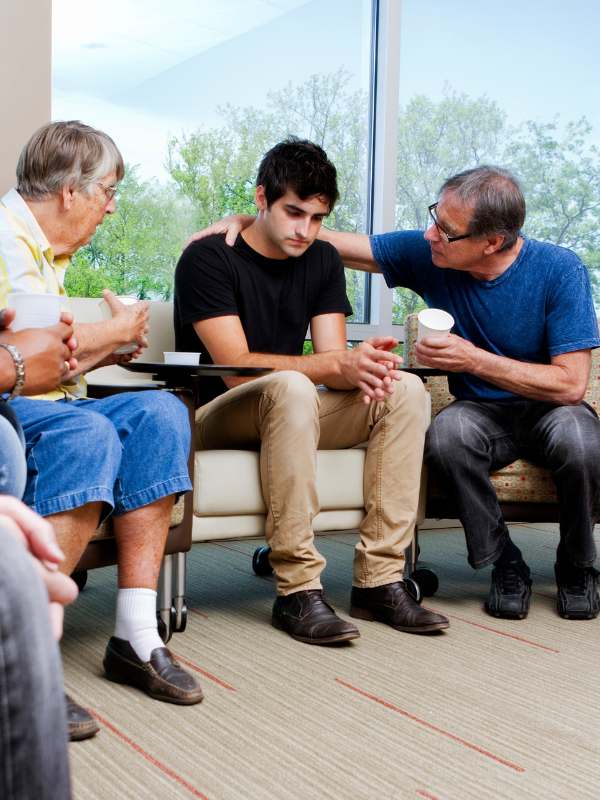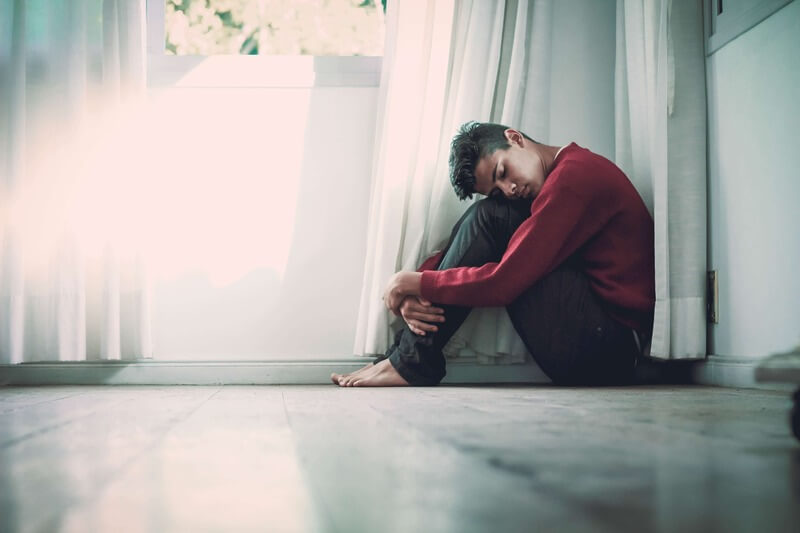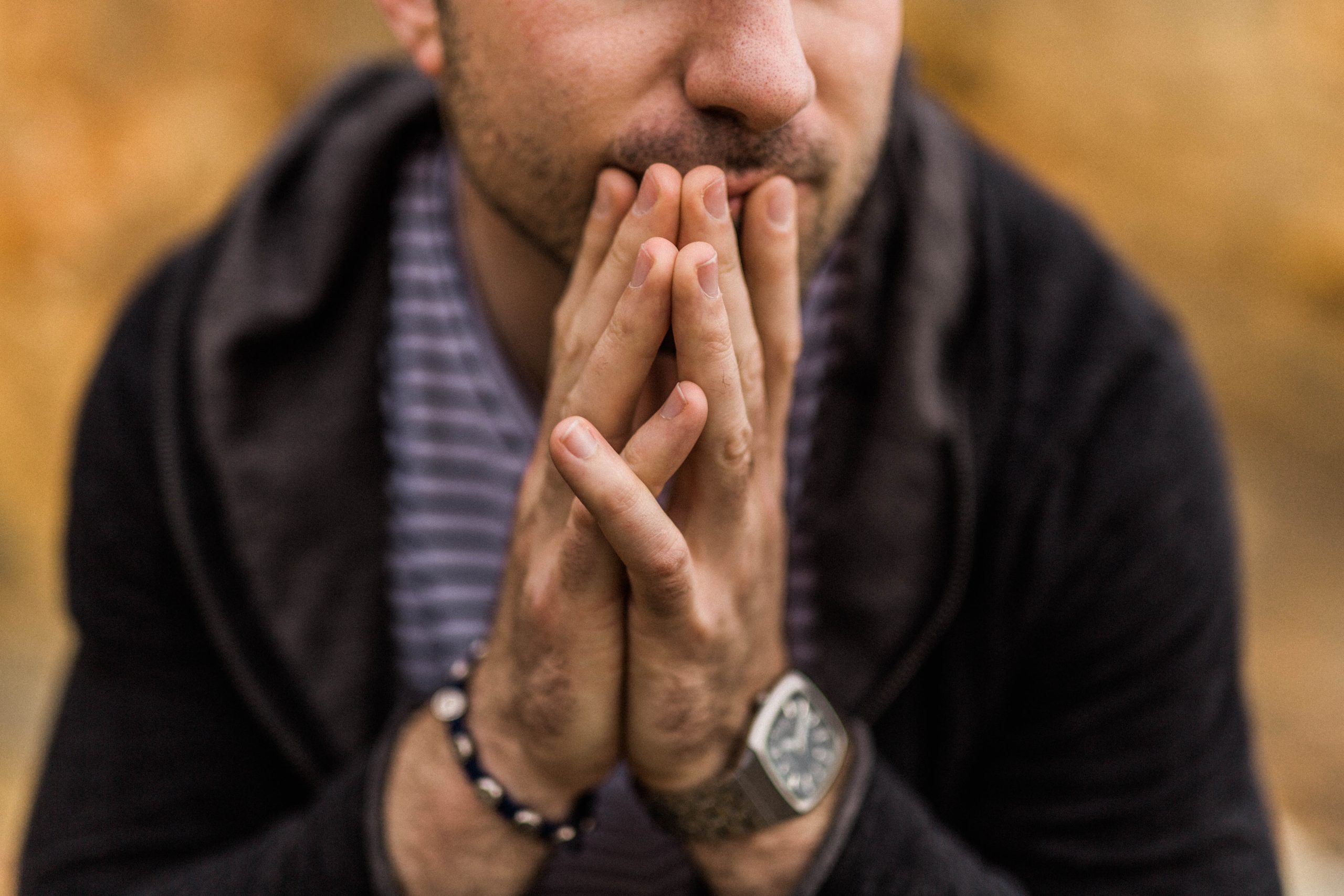Pride Parades Colorful Way to Gain Rights

The Importance of Pride Parades in the Fight for LGBTQ+ Rights
Pride parades are vibrant, colorful celebrations that serve as powerful symbols of the ongoing fight for LGBTQ+ rights around the world. These events highlight the progress made in the movement, with rainbow banners waving proudly and communities coming together in solidarity. Pride parades have been pivotal in increasing visibility and fostering acceptance, while also providing an opportunity for LGBTQ+ individuals to express themselves freely and joyfully.
However, in many parts of the world, LGBTQ+ individuals still face significant challenges, including discrimination, persecution, and even threats of violence. Pride parades serve as a reminder of the ongoing struggle for equal rights and the need to stay vigilant. These celebrations not only honor the history of the LGBTQ+ rights movement, such as the Stonewall Riots, but also inspire future generations to continue the fight for equality and inclusion.
Look! Worldwide Gay Pride is stepping lively! Marching to the beat of its own drummers! Proclaiming I LOVE A PARADE with rainbow banners unfurled.
Meanwhile, online, a banner headline has been explaining why these annual events are so important.
“The LGBTQ+ rights movement has made tremendous strides over the past few decades and much of the progress in visibility is thanks in part to gay pride parades and marches that have taken place in cities around the world.” – (www.iglta.org)
However, in some far-flung venues across the globe, as the trumpets blare, a counter melody comes drifting in. Faint, eerie, off key, it is playing in obligato to the main theme. You are aware of it if you are a marcher or a simpatico observer. The lyrics? “Be wary.”
Who Are ‘Pride’?
“Queer is an umbrella term that can mean any kind of diverse sexual gender. Some intersex (explained below) people feel excluded by the term.”
“LGBTI+ is an evolving acronym that stands for lesbian, gay, bisexual, transgender, queer/questioning, asexual. There are many other terms, such as non-binary and pansexual, people use to describe their gender, sexuality and physiological characteristics.” There are at least 60 types of intersex variations, according to the website of Mental Help Services.
“Nearly one in every 2,000 people is born with variations in reproductive or sexual anatomy or has a chromosome pattern that doesn’t fit with what is typically considered male or female. Such individuals are “intersex”–the ‘I’ in LGBTI–and can identify as male, female or neither.” – (www.latrobe.edu.au)
Foreign Celebrations
“The global landscape for LGBTQ+ rights, protections and acceptance varies tremendously by location, with some destinations attracting millions of visitors to their events like Madrid Gay Pride, Sao Paulo Gay Pride or San Francisco Gay Pride, while more than 70 other countries have laws that allow discrimination or persecution of
LGBTQ+ people.” – (www.iglta.org)
Terrorism
This year in particular, terrorism has been a high priority threat to all world travelers. But some travel throughout history has forever been dangerous for gays. Terrorism is just exacerbating the situation.
Witness this advisory, issued on a website managed by no less an authority than the United States Department of State:
“LGBTQI+ travelers can face special challenges abroad. Laws and attitudes in some countries may affect safety and ease of travel. Many countries do not recognize same sex marriage. About 70 countries consider consensual same sex relations a crime. In some of these countries, individuals who engage in same sex sexual relations may face severe punishment.” – (www.Travel.State.Gov)
The site then offers comprehensive advice from the State Department, beginning with the heading, “Before You Travel.” But as if to wave even more red flags, this forewarning is repeated loud and clear to U.S. citizens:
“We may have limited or no ability to help you if there is a crisis in the country you are visiting. Please refer to our webpage on what we can and cannot do in a crisis.”
“You are subject to the local laws of the country you are visiting. If you violate that country’s laws, you could be arrested and prosecuted, even if your actions would not have been against the law in the United States.”- (www.Travel.State.Gov)
The discrimination described above is a perfect example of why the parades, which help gain rights, are important.
The Beginning
In June,1969, without warning, police raided the Stonewall Inn, a gay bar on Christopher Street in New York’s Greenwich Village. The raid turned rough, people were hurt, which subsequently provoked a riot.
The event became one of the most significant events that led to the Gay Rights movement. The following year in June, organized demonstrations took place in New York City, Los Angeles and San Francisco to mark the one-year anniversary of the Stonewall Riots. As the years went on, additional cities in North America and Europe began to hold their own public demonstrations or Pride Day. Eventually, these led to today’s parades, celebrations and festivals.
The Colors
Colorful flags, each hue carrying a special meaning, are highlights of the parades. Each color grouping represents a group within the gay community. In fact, banners have become practically synonymous with the LGBTQ+ movement. They are meant to be a way to show progress, demand representation, and encourage collective action.
Karma?
For a dazzling display of these standards, readers can go online and search for the YouTube of the Boston Gay Men’s Chorus singing, of course, “I Love a Parade.” Interestingly, the melody’s composer was Harold Arlen, who, in the 1930s wrote “Over the Rainbow,” sung by Judy Garland in the film, “The Wizard of Oz.”
Then, in 1978, by coincidence or karma, the artist Gilbert Baker chose the rainbow as the symbol to represent the LGBTQ community. He pointed out that the arc of diverse colors is found in nature.
Harvey Milk, one of the first openly gay officials to be elected in U.S. history, had sought out Baker, whose rainbow symbol on the gay flag has now become international.
Timing
In honor of the Stonewall riot and the demonstrations that took place the following year in major cities in the US, most cities around the world now hold their pride celebrations in the summer of the northern hemisphere, and in particular in or close to June. In many countries, June is officially recognized as Pride Month.
Covid, Etc.
“As rainbow flags flutter in the breeze for Pride Month, many LGBTQ people will feel tension in the air.
“‘It’s been a really tough go for LGBTQ Americans of late,‘ said psychiatrist Dr. Natalia Ramos, an assistant clinical professor at the David Geffen School of Medicine at the University of California, Los Angeles.
“‘In the wake of universal stressors such as the COVID-19 pandemic and the economy, the news has been full of anti-gay and anti-transgender actions from the highest levels of state and local governments.
“…Which means this year’s pride celebrations could be an opportunity for LGBTQ people and those who love them to get a much-needed mental health boost from social companionship and public affirmation…Toxic stress of the type caused by homophobia and discrimination can indeed be a health risk.” (www.heart.org, June 2023)
U.S. Policy
“Lesbian, gay, bisexual and transgender rights in the United States are among the most advanced in the world, with public opinion and jurisprudence changing significantly since the late 1980s.” – (Wikipedia)
- Though homosexuality was legal in certain areas of the country from 1961 on, it became so nationwide in 2003.
- Employment discrimination has been prohibited since 2000.
- The U.S. military policy of “Don’t ask, don’t tell,” was repealed in September, 2011.
- The military’s transgender ban was repealed in 2021.
- Sexual orientation and gender identity has been protected under hate crimes since 2009.
- Same sex marriage and adoption rights have been protected since 2016.
- Discrimination in employment has been prohibited since 2000.
Currently, the focus of discussions and political disputes are the gender identity issues regarding bathroom access, athletics and transgender health care for minors.
Special Considerations
Along with legal protections, sometimes a little extra is needed. If so, it can be authorized under the name of Special Considerations. Following is an example, concerning a topic most topical today, immigration.
“Currently same sex marriage is legal in every state in the country. This means that U.S. citizens and legal permanent residents (green card holders) can petition for their foreign-born same sex spouses to get immigration status like a visa or a green card, and some visa holders can get a visa for their same sex spouses as well.” – (www.ilrc.org)
To Sum Up
Jessica Halem, who was the first LGBTQ director at Harvard Medical School, once said in an interview for website,
“Being isolated breeds shame, And shame is the internalization of stigma…you have to actively release it. “‘That is why we dance. That is why we listen to loud music… That is why we wear wacky clothes.’” – (www.heart.org)
And, she might well have added, that is why Gay Pride loves a parade.
Empowering Wellness and Inclusion at SBMHC
The Sylvia Brafman Mental Health Center is committed to offering comprehensive mental health support for individuals in Florida and Georgia, including those from the LGBTQ+ community. We provide a range of treatment options designed to meet diverse needs, from individual and group therapy to specialized programs like cognitive behavioral therapy (CBT) and family therapy. Recognizing the importance of accessibility, SBMHC accepts numerous insurance plans, including NYSHIP Empire Plan, Blue Cross Blue Shield, Cigna, Aetna, United Healthcare, UMR, Magellan, Humana, AmeriHealth, and Empire BCBS. Our flexible payment plans ensure that everyone can access the care they need.
SBMHC also focuses on supporting those who may be navigating the challenges of identity and acceptance in educational settings. Our programs are tailored to help young individuals manage stress and anxiety, equipping them with the resilience needed to thrive both academically and personally. By fostering an inclusive environment and providing evidence-based treatment, SBMHC helps pave the way for a more supportive and understanding community, reflecting the spirit of pride and progress celebrated in LGBTQ+ parades and events worldwide.



